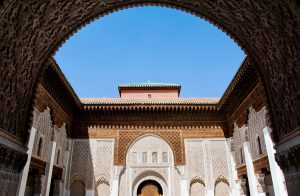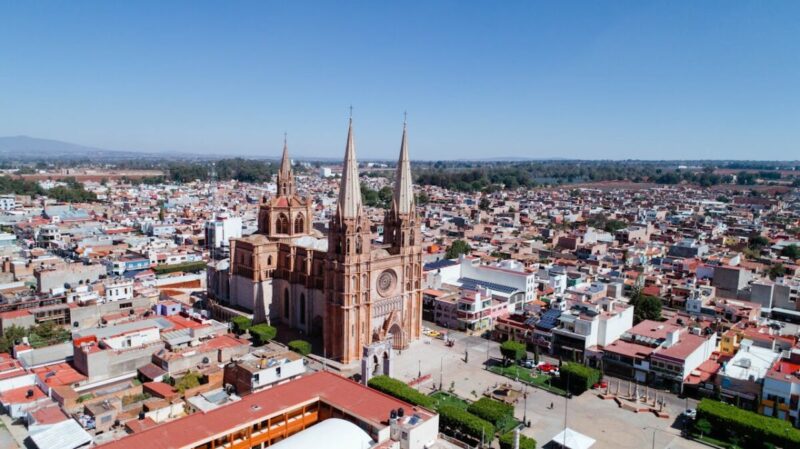Saint Monica Great Mother of Saint Augustine in 4th C.
Saint Monica lived from 332 to 387. She was the mother of Saint Augustine. She is known for weeping for him every night and is known for her strong Christian values. He converted and became a doctor of the church, so whatever she did worked. Her husband committed adultery and had a violent temper, causing her great pain. The city of Santa Monica, California, is named after her. It could be that in the 18th century, Father Juan Crespí named a local dripping spring Las Lágrimas de Santa Mónica (“Saint Monica’s Tears”; today known as the Serra Springs) that was reminiscent of the tears that Monica shed over her son’s early impiety. Are you inspired by Saint Monica?
Saint Monica Biography

Saint Monica was most likely to have been born in Thagaste, Algeria. Saint Monica married Patricius very young. He was a decurion pagan, which explained his irresolute behavior; it seems his mother was similar. Monica’s almsgiving, deeds, and prayer habits bothered Patricius, but oddly, he held her in respect.
Saint Monica had three children who survived infancy (it was commonplace in the fourth century for infants to die): two sons, Augustine and Navigius, and a daughter, Perpetua of Hippo. She was unable to baptize any of them, and she grieved heavily when Augustine became sick. In her distress, she asked her husband to allow Augustine to be baptized; he agreed, then withdrew this consent when the boy recovered.
Saint Monica was relieved Augustine recovered, but grew anxious as he misspent his renewed life being wayward and, as he says, lazy. He was promiscuous and not a Catholic. He was sent to school at Madauros, Algeria, when he was seventeen years of age. He studied rhetoric in Carthage, and Patricius died.
Augustine had become a Manichaean at Carthage. Manichaeism was a third-century defunct religion that taught an elaborate cosmology describing the struggle between a good, spiritual world of light and an evil, material world of darkness. When he shared his views about Manichaeism, Monica drove him away from her table. However, she is said to have experienced a vision that convinced her to reconcile with him.
During this time, Saint Monica visited an unnamed bishop who consoled her with the words, “the child of those tears shall never perish.” Monica followed Augustine to Rome, where he had gone secretly; then they went to Milan. Here she found Saint Ambrose, and through him Augustine converted to catholicism.
In his book Confessions, Augustine, a doctor of the Catholic church, wrote of a peculiar practice of Saint Monica in which she “brought to certain oratories, erected in the memory of the saints, offerings of porridge, bread, water, and wine.” When Monica moved, following Augustine, to Milan, the bishop Ambrose forbade her to use the offering of wine, since “it might be an occasion of gluttony for those who were already given to drink.”
Monica was buried at Ostia and at first seems to have been forgotten, though her body was removed during the 6th century to a crypt in the church of Santa Aurea in Ostia. Monica was buried near the tomb of Aurea of Ostia. Her tomb was later transferred to the Basilica of Sant’Agostino, Rome. It is still there. It is remarkable.
Conclusion
Saint Monica was a great lady. She stayed married to her husband even though he was an abusive adulterer. She also constantly prayed for her son, Saint Augtintine, who eventually converted and became a doctor of the church. Though she lived long ago, she set a good example for us. An example that is worthy of emulation. It is striking that her grave presents an image of her, like a sculpture.




